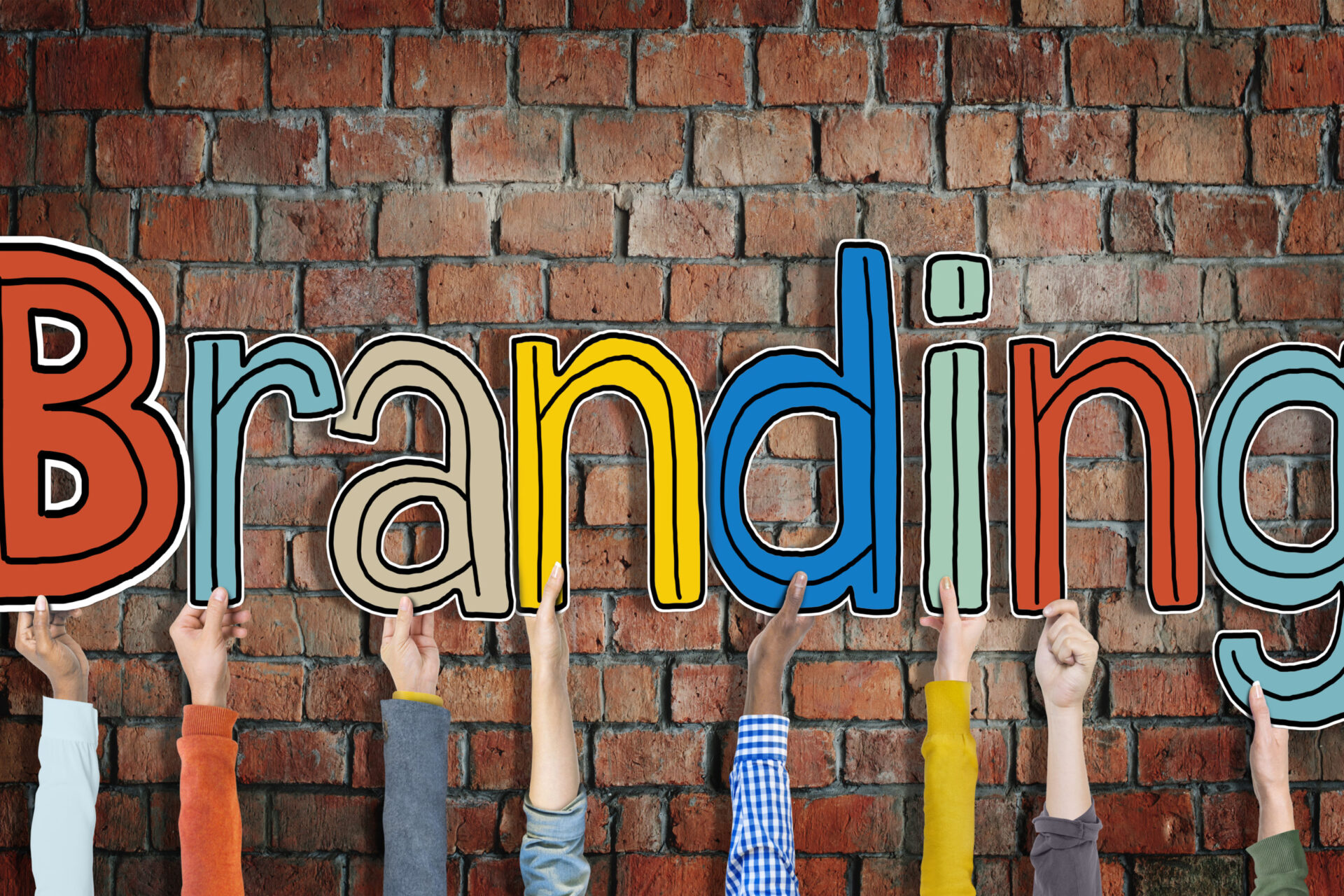By Kristin Darcy, Graphic Designer, Integrated Media Group
Just like your personal identity makes you unique, your brand identity is what sets your business apart from the rest. But what exactly is brand identity?
The terms “brand,” “branding,” and “brand identity” are sometimes used interchangeably, but they are not the same.
- Brand is the perception of the company in the eyes of the viewers.
- Branding involves the marketing practice of actively shaping a distinctive brand.
- Brand identity is the collection of all the brand elements the company uses to portray the image of themselves to consumers.
Developing a strong brand identity
Before you begin developing any tangible elements for your brand identity, you first need to know who you are as a brand. You need to ask yourself some obvious, or not so obvious, questions in order to understand who you. Begin by answering these questions:
- What is your mission?
- What are your values?
- What type of personality do you want your brand to have?
- How do you differentiate yourself from the competition?
Once you’ve established who you are as a brand, it’s time to create the identity that will bring your brand to life and show your customers who you are.
Typography
Typography refers to the font used for your branding materials. The typography you choose will say a lot about your brand.
For instance, sans serif fonts tend to give a sleek and modern feel to a brand – values that many technology brands are keen on. You can use a bold and chunky font weight or a thin and delicate one, however, a thin weight will not always translate across the board. While it may work large format, it could easily get lost when shrunken down for print.
Looking for a more sophisticated style? Try a serif typeface; many fashion or high-end companies have tendency to use serif fonts because they appear trustworthy and express timelessness. Their feelings of class and heritage make them ideal when you want to create a company that feels “established”.
Color
Humans have psychological connections to colors, so strategically using colors in your brand can have a big impact on how your brand is perceived by your audience. For example, blue is the most universally appealing color in the spectrum and is seen as a sign of stability and reliability, so it is a solid choice for appealing to a wide demographic. Red is the color of passion and excitement. It’s the perfect choice if your brand is loud, youthful and exciting. You don’t have to stick to just one color either, if you want to add a second color but don’t know where to start, pair it with different shades of its complementary color, these will always work together.
Logo
Your logo is the foundation of your brand identity. In order for your logo to be successful, it should do a number of things. Your logo should:
- Communicate who you are/what you value
- Be visually interesting — simple/clean is key
- Play along with your industry’s standards
- Make lasting impressions on your audience
Establishing all of these elements early on in the process can be beneficial when things start to take off. Once you have all your design assets, you want to make sure they’re used in the right way, which is why you should definitely create a brand style guide. This document outlines when and how to use your design elements as well as any design “don’t”s. Remember, consistency is key. You want to ensure that any future design is in line with your brand identity and generates the right perception with your audience.

